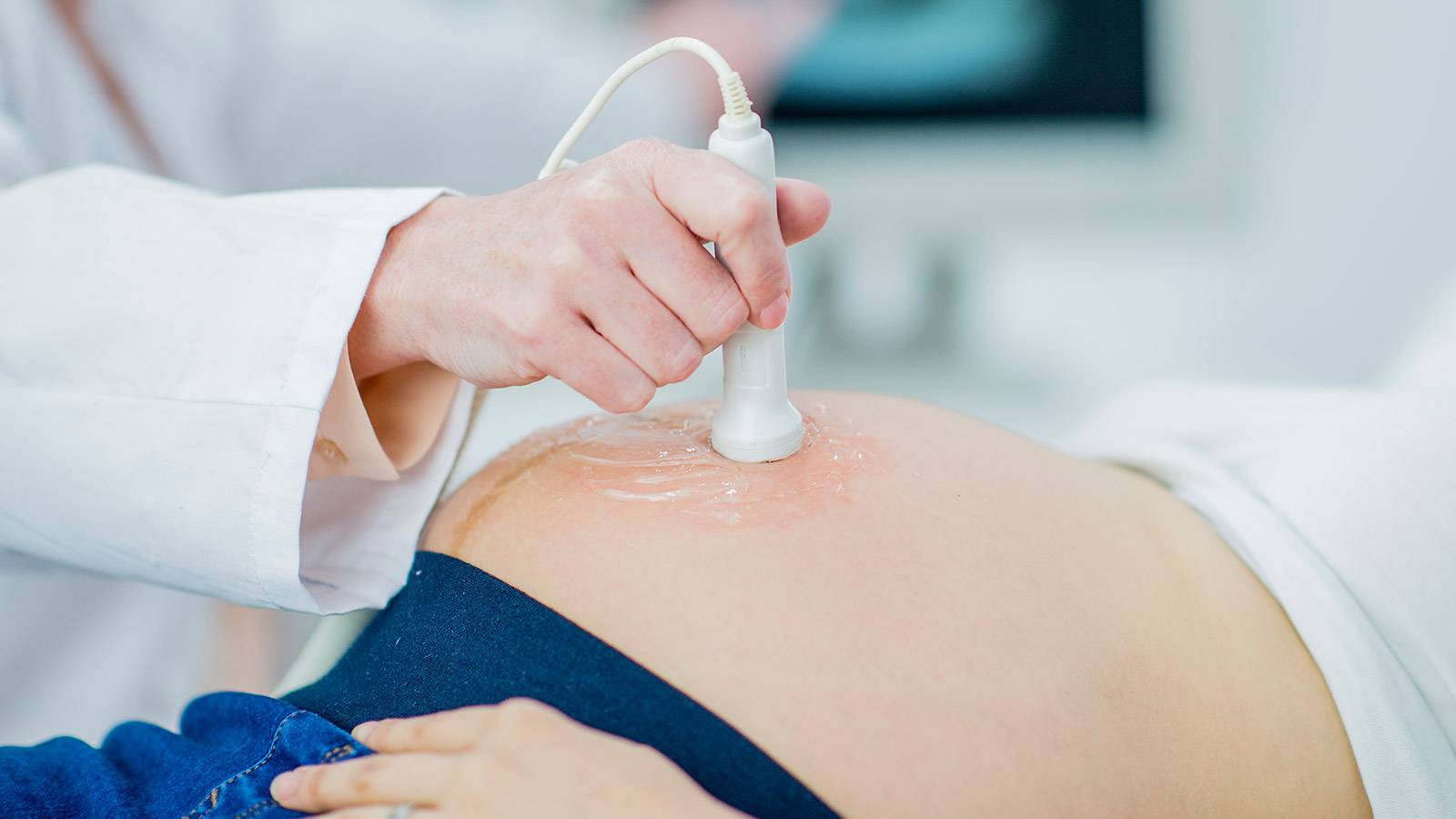Amniotic fluid protects your foetus in the womb, but too much or too little may prove fatal. Find out more…

Floating, napping and growing ― this is what your baby will be doing within its water bag or amniotic sac while in your womb during your pregnancy.
The fluid in the amniotic sac plays an important protective role as it ensures that your little one develops healthily during the nine months. It acts as a cushion, protecting bubba from any injury, and keeps them warm while letting him move freely.
SmartParents expert and Gleneagles Hospital’s consultant ob-gyn, Dr Christopher Chong, explains that the composition of the amniotic fluid will change as your pregnancy progresses. “In the early trimesters, it’ll consist of water and electrolytes before subsequently containing carbohydrates, proteins, fats, nutrients, hormones and antibodies.”
By the way, as your bundle grows, the amount of amniotic fluid in the sac will also increase. Ob-gyn Dr Peter Chew notes that by 13 weeks, your mini-me will be floating around in about 100ml of fluid. The amount will continue to rise, reaching the peak ― about 800ml ― in your third trimester by weeks 34 to 36.
“A value of less than 5cm is considered to be low and a reading of above 24cm is considered to be high.”
To gauge the amount of amniotic fluid in the water bag, your gynae will carry out an ultrasound scan to assess your Amniotic Fluid Index (AFI). The four quadrants of your womb will be measured for water pockets. The figures are then added up to give you your AFI reading. Dr Chong adds, “A value of less than 5cm is considered to be low and a reading of above 24cm is considered to be high.”
Needless to say, too much or too little fluid can have impact bubba’s health. Both Dr Chong and Dr Chew have advice on how they treat these conditions…
Too much amniotic fluid (Polyhydramnios)
What are the health risks to both mother and baby?
Dr Chong: Mothers will usually experience discomfort, breathing difficulty and also an increased risk of amniotic fluid entering their bloodstream. In severe cases, the mother may even collapse due to amniotic fluid embolism, although the exact reason for this condition is still unclear. In extreme cases, the water bag may also burst, which can jeopardise your baby’s life. Otherwise, poor foetal growth, a cord prolapse, malposition of the foetus, placental abruption and neonatal jaundice may all result.

What give rises to this condition?
Dr Chew: For one, a blockage of the food pipe or oesophageal atresia in your foetus, and if your baby is missing a portion of his brain or skull, both can lead to an excessive amount of amniotic fluid. Other common causes also include genetic abnormalities, infections and if you’re having multiples. If the mother is suffering from gestational diabetes, she’s also at higher risk of having too much amniotic fluid.
Dr Chong: Besides gestational diabetes, renal and cardiac failure can also lead to the increase in amniotic fluid.
How is this condition treated?
Dr Chong: The fluid can be reduced by draining it while guided by an ultrasound scan. Medication will also be given to relieve the mother’s symptoms. If the baby is near full-term or there are complications, your doctor will advise you to deliver.
If a leak has been detected, mothers must be aware that infection and labour may set in naturally as a result as there’s a connection between the foetus and the exterior environment
Too little amniotic fluid (Oligohydramnios)
What are the health risks to both mother and baby?
Dr Chew: The mother’s health risks will depend on the conditions causing the low amniotic fluid such as high blood pressure during pregnancy. Your foetus will also likely be small for their gestational age, often falling into the 10th percentile group and may be overdue, too. Hence, mothers will usually be advised to go for a C-section. If the amniotic fluid is reduced during the second trimester, the foetal lungs may not develop properly or there may be severe foetal abnormalities such as underdeveloped or absent kidneys.
What give rises to this condition?
Dr Chong: Placental separation is one of the causes. Also, the amniotic fluid may be leaking from the water bag, causing the level to fall drastically. As for the mother, poor health conditions like severe high blood pressure, poorly-controlled diabetes and genetic problems are all possible causes.
How is this condition treated?
Dr Chong: It really depends on the cause. If there’s a leak and the mother is near full-term, we’ll advise her to deliver the baby. If it’s much earlier on in the pregnancy, we’ll put them on bed rest and also give antibiotics to treat or prevent any infections. Other medication will be provided to prevent labour, along with injections to boost foetal lung maturity. If a leak has been detected, mothers must be aware that infection and labour may set in naturally as a result as there’s a connection between the foetus and the exterior environment. The main challenge will be to time the delivery accurately.
Photos: iStock
Like us on Facebook and check SmartParents regularly for the latest reads!
Elsewhere on SmartParents.sg…
EXPERT ADVICE: I’m pregnant — Why do I have yellow skin and eyes?
